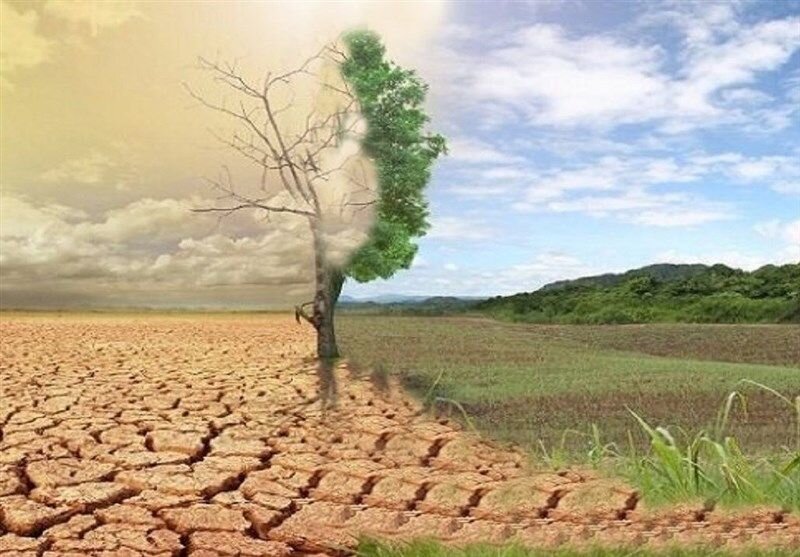Promoting intl. cooperation to combat SDSs

TEHRAN –The efforts of the administration of the late President Ebrahim Raisi to address the predicament of sand and dust storms (SDSs), as one of the factors contributing to drought and desertification, led to the evolution of national discourse into regional, and subsequently international discourse, according to the head of Department of Environment (DOE).
“It has also led to the inclusion of sand and dust storms in the key terminology of the United Nations,” ISNA quoted Ali Salajeqeh as saying.
He made the remarks on the occasion of World Day to Combat Desertification and Drought, which is annually observed on June 17.
“The earth has a certain capacity with clear resilience and resistance to cope with shocks.
The extent to utilize the earth's capacity is also known,” Salajeqeh noted.
Currently, drought and desertification, as a part of a prevalent phenomenon called climate change, are imposed on the world, including our country, he noted.
The official went on to say that human impacts on climate change are limited, however, the way they treat the environment can intensify and hasten the changes.
Stressing that climate change has occurred in different geological periods, Salajeqeh stated, “Currently, the earth is undergoing the consequences of climate change, the two results of which are low precipitation which has resulted in drought; and increasing temperature that has changed seasonal patterns.
To moderate the impacts of climate change, human lifestyle from home activities to large-scale management needs to consider the current conditions like reduced water resources, raised temperature, extreme or lack of precipitation, and snowfall.
There are several ways to achieve this goal at all levels including policymaking, the presentation of the program, and its implementation.
Water-intensive crops should not be cultivated; clean fuels should be used. Underground water sources should be consumed in such a way that erosion is minimized, and restoration of nature is maximized.
Water and soil resources and fossil fuels should not be used as in normal conditions, there should be a shift from fossil fuels to renewable energies.
This way, threats can be turned into opportunities and a non-wasteful lifestyle will be promoted.
Enhancing collaborations among different organizations to manage dust storms produced by internal dust zones effectively; holding bilateral and multilateral meetings with the officials of Syria, Iraq, Saudi Arabia, Turkmenistan, Qatar, and Kuwait, and implementing the agreements concluded with these countries to address the SDSs are among taken actions by the DOE.
Furthermore, Iran is planning to hold a joint training workshop with the presence of senior representatives of the beneficiary countries in September.
Representatives of Syria, Iraq, Bahrain, UAE, Kuwait, Qatar, Saudi Arabia, Pakistan, Afghanistan, Turkmenistan and Uzbekistan will participate in the workshop.
United for Land. Our Legacy. Our Future.
Desertification, land degradation, and drought are among the most pressing environmental challenges of our time, with up to 40 percent of all land areas worldwide already considered degraded.
Healthy land not only provides us with almost 95 percent of our food but so much more: it clothes and shelters us, provides jobs and livelihoods and protects us from worsening droughts, floods, and wildfires.
At the same time, growing populations coupled with unsustainable production and consumption patterns fuel the demand for natural resources, putting excessive pressure on land to the point of degradation.
Desertification and drought are driving forced migration, putting tens of millions of people each year at risk of displacement.
This year, the theme of Desertification and Drought Day “United for Land. Our Legacy. Our Future” spotlights the future of land stewardship — our most precious resource to ensure the stability and prosperity of billions of people around the world.
MT/MG
Leave a Comment